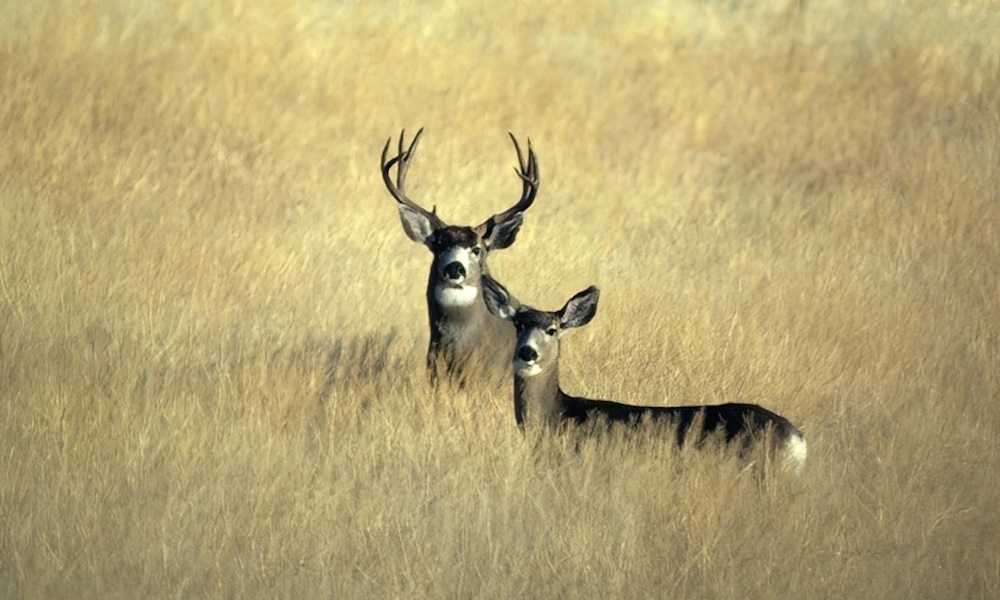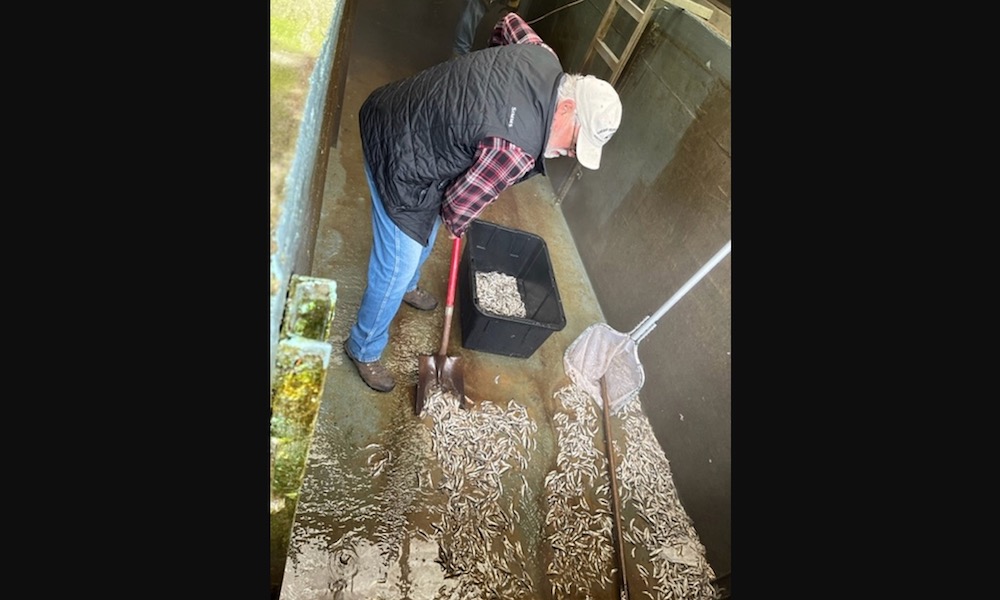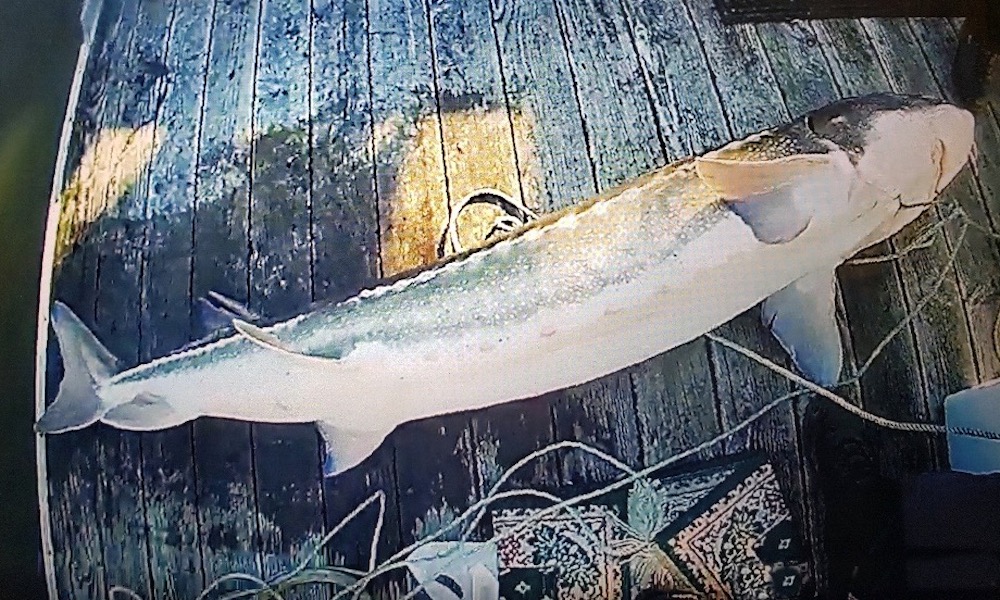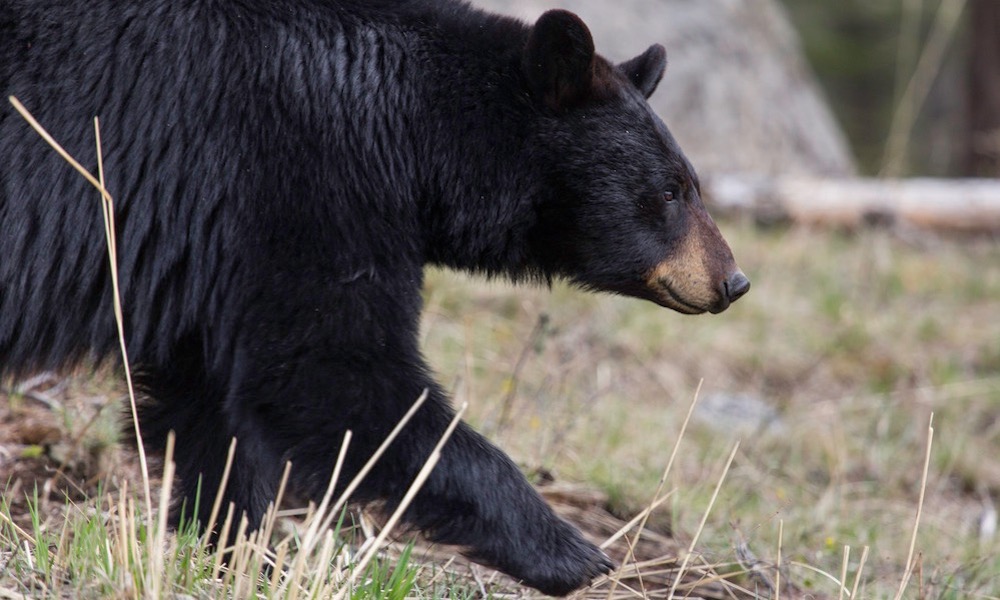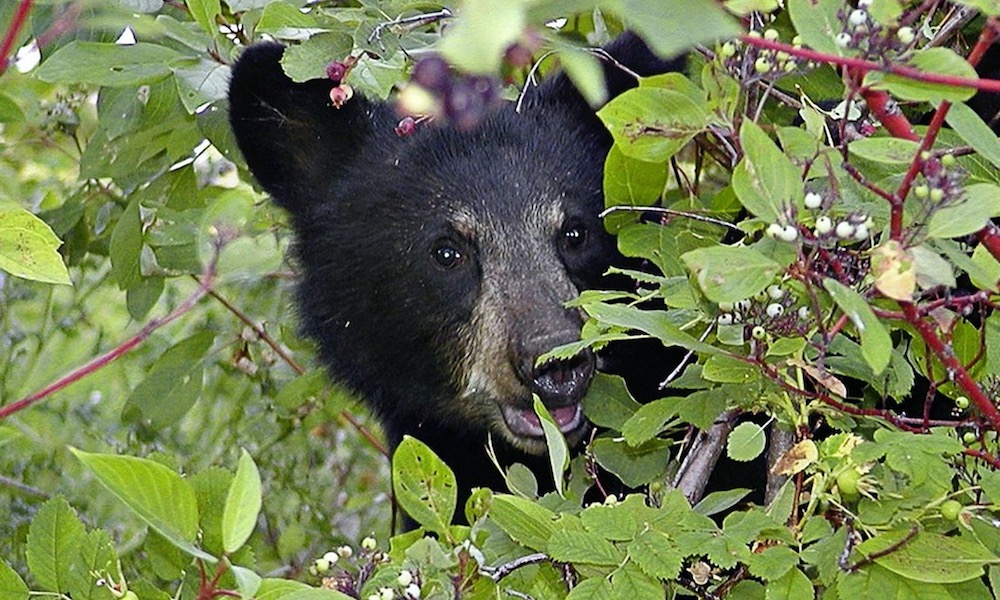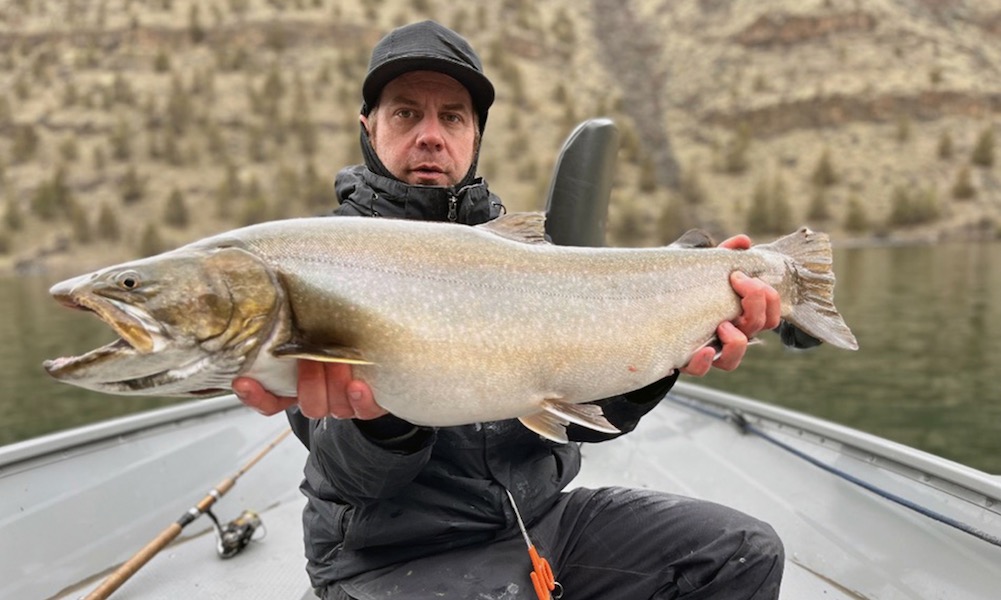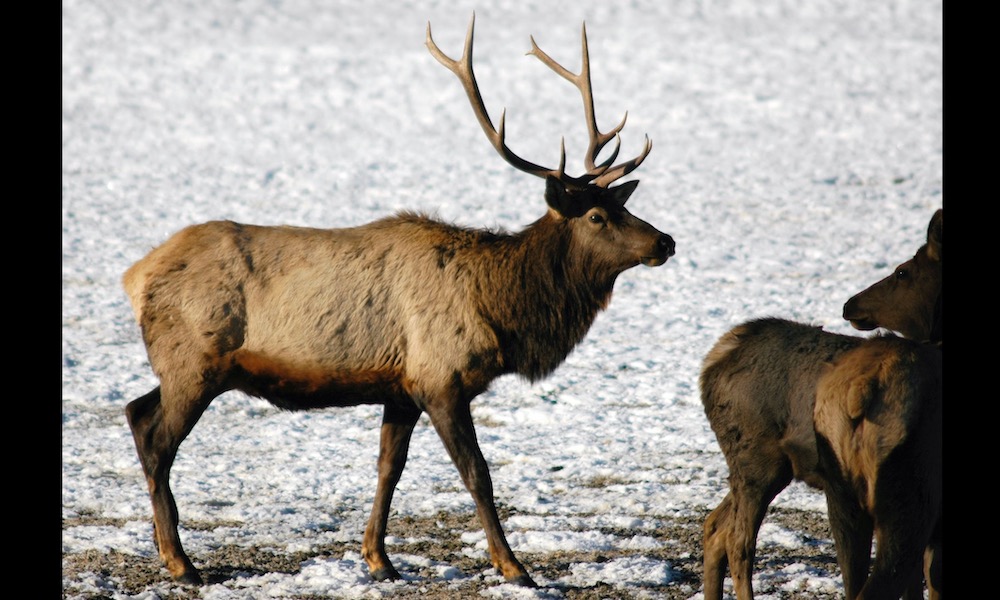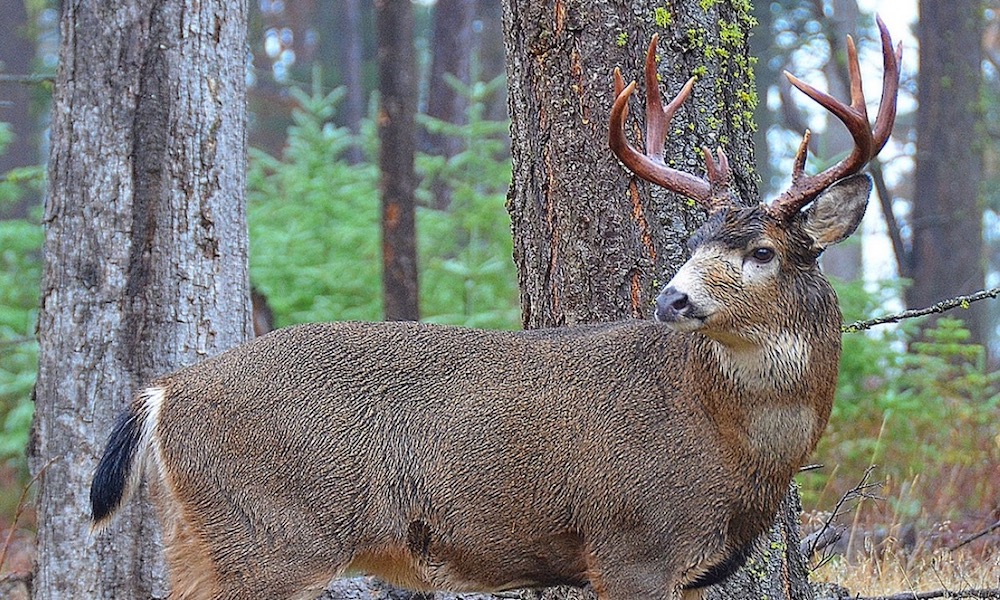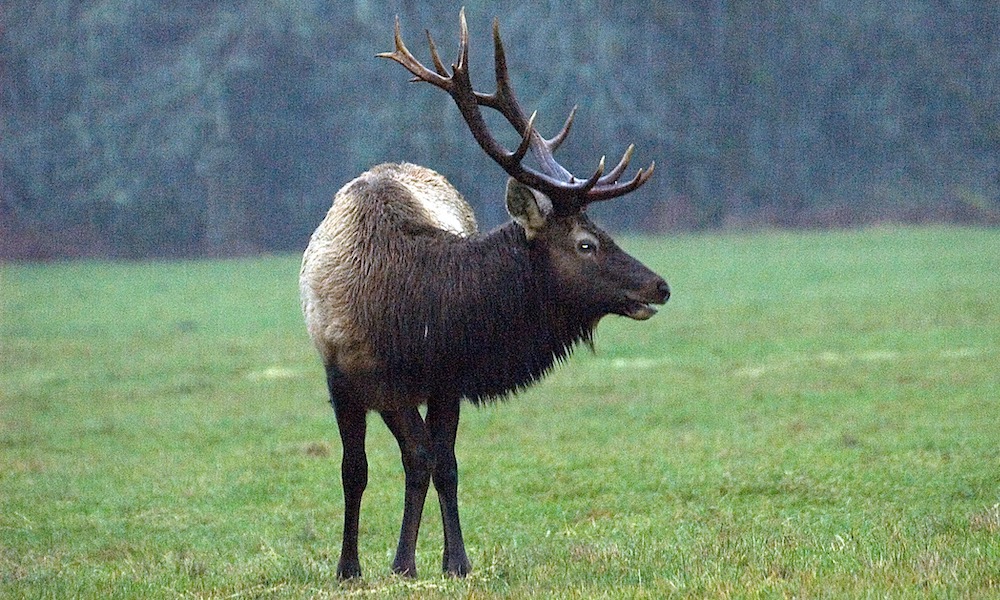White sturgeon in Scappoose Bay in Oregon is catch-and-release only, but three men thought they could get away with keeping five.
White sturgeon in Scappoose Bay in Oregon is catch-and-release only, but three men thought they could get away with keeping five.
Unfortunately for these perpetrators, some much younger—and wiser—than them had an eye on them.
What the juvenile sportsmen witnessed were the men in a boat catching a white sturgeon and not releasing it. So, they contacted the poacher tip line of the Oregon Department of Fish and Wildlife and reported what they saw and where they saw it.
The tip led to wildlife troopers monitoring the area, a slough off the Columbia River north of Vancouver, and after two days of surveillance, trooper Scott Bernardi and senior trooper Justin Morgan approached the men at a dock where they had moored their boat.

At first, the three men denied catching any fish. But when the troopers pulled up two lines they saw tied to the dock, they found four live white sturgeon, ranging in size from 5 to 7 feet. The troopers discovered a fifth live white sturgeon when inspecting the boat.
The incident occurred in 2022 but ODFW just issued a press release Monday about the repercussions.
Julio Duran of Salem pleaded guilty to take/possession of a giant white sturgeon (a Class C Felony) and take/possession of four oversized sturgeons (Class A misdemeanors). He also pleaded guilty to fishing without a fishing license. He served 20 days in the Columbia County jail and owes $5,000 in restitution to ODFW and $500 to the Turn in Poachers TIP reward program. He was given 36 months probation and a three-year fishing ban. He also forfeited the fishing rods and equipment, presumably including the boat, used during the crime.
Jose Plascencia of Dayton pleaded guilty to fishing without a fishing license and must serve either 10 days on a Columbia County work crew or 80 hours of community service. He received 24 months of bench probation, and must pay $750 in restitution. His fishing privileges were suspended for three years.
Axel Guell of St. Helens pleaded guilty to angling without a fishing license and must pay $500 in restitution. He is to serve 24 months of bench probation and is prohibited from fishing for three years.
“This poacher [Duran] spent 20 days in jail over the holidays in hopes of changing his behavior [sic],” Morgan said. “Luckily, the quick-thinking juvenile sportsmen were able to report what they witnessed to the Oregon State Police, through the TIP line, and we were able to apprehend this individual and release the large sturgeon back into the bay.”
The juveniles were awarded $500 each for reporting the poachers.

Fortunately, the other four sturgeon were also released alive back into the bay.
“White sturgeon fisheries in the lower Columbia and Willamette rivers can currently generate between 30,000 – 40,000 angler trips annually, which contribute millions in economic benefits,” the ODFW stated. “In recent years, lower populations of the slow-growing fish preclude taking one home for a meal. But anglers can still catch and release the massive fish, which provides the thrill of the experience.”
Generic images of white sturgeon courtesy of Wikipedia Commons.
